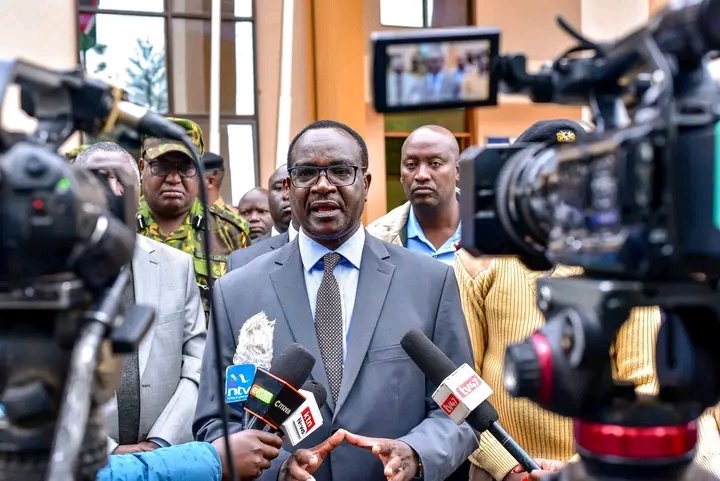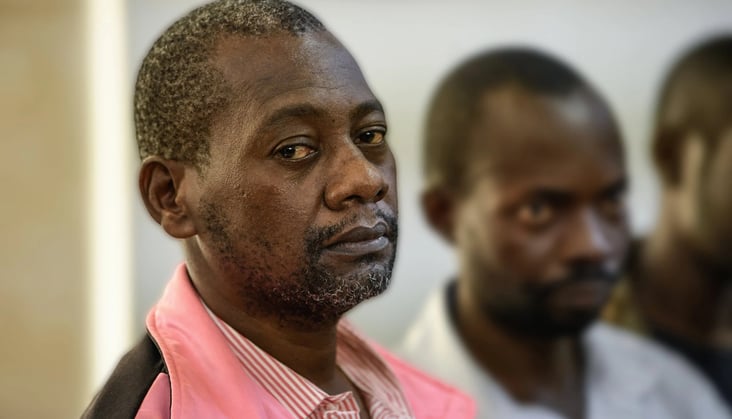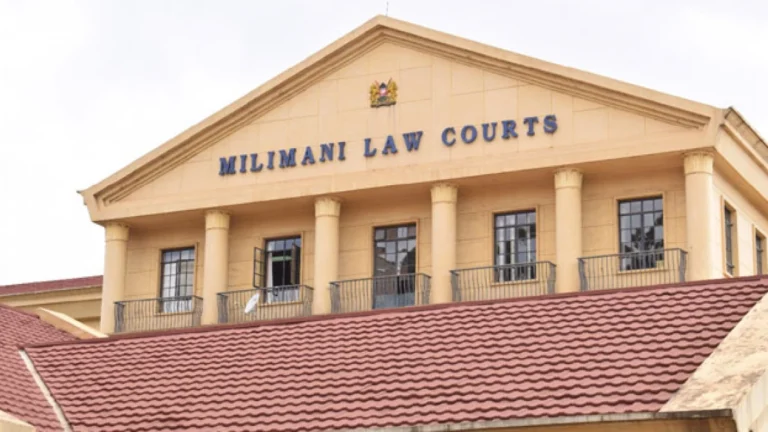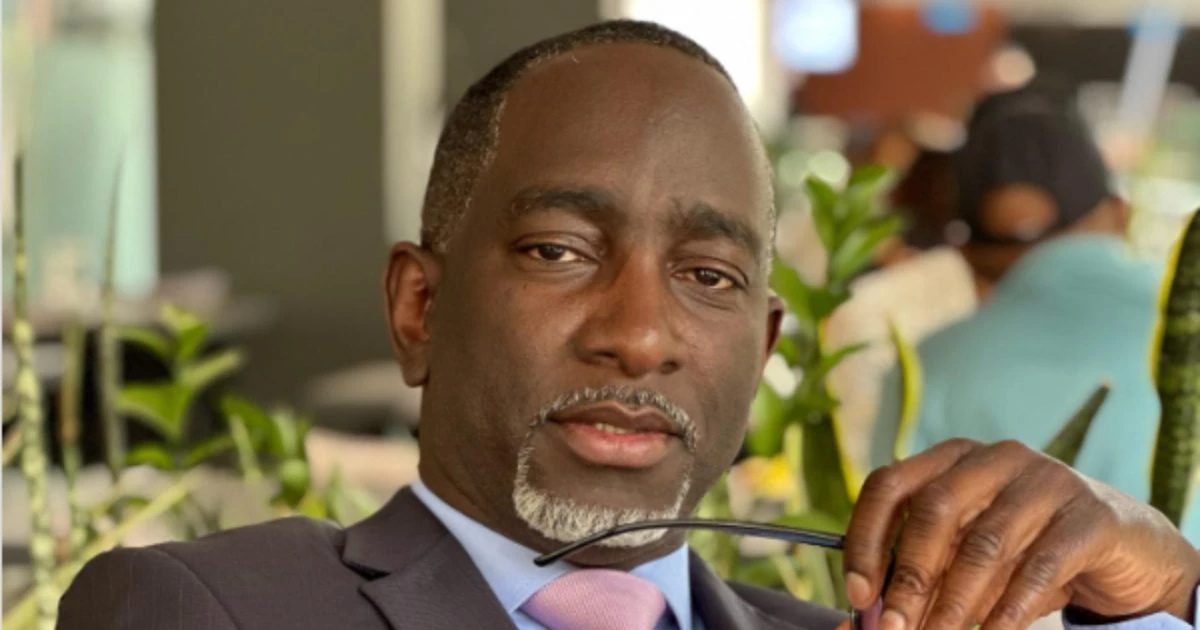
Chaos to calm: Lifesaving funds arrive just in time for struggling institutions.In a dramatic turn of events late Tuesday night, the Kenyan government released a staggering Sh22 billion to rescue public schools teetering on the edge of collapse.
This emergency financial boost has sparked immediate relief across the nation’s basic education system, which had been gasping for air since the start of second term.
The education sector has been on life support—crippled by funding delays, slashed services, and desperate pleas from school heads. But now, hope has been reignited.
Education Cabinet Secretary Julius Ogamba confirmed the cash injection, calling it a crucial step to stabilize learning in primary, junior, and secondary institutions.

“This is to ensure uninterrupted learning,” he stated.The breakdown?Sh1.37 billion for Free Primary EducationSh8.9 billion for Free Day Junior School EducationSh118 million for Special Needs in Junior Schools.
A massive Sh11.6 billion for Free Day Secondary Education. According to Ogamba, this move honors Kenya’s constitutional mandate—Article 53(1)(b)—which guarantees free and compulsory basic education for every child.
“The government is not just talking—it’s acting,” he declared. “This funding will get schools back on track. We expect accountability and no illegal levies on parents.”But the storm isn’t entirely over.
The Ministry is cracking down on corruption and mismanagement. Any headteacher or principal caught demanding unauthorized fees or misusing funds will face swift justice, the CS warned.
The funding comes just in time. With schools already deep into the second term, headteachers had been sounding the alarm. Learning was deteriorating, exams were being cancelled, and in some heartbreaking cases, teachers were using their own money to buy chalk.
“We’re in week three and schools are practically running on fumes,” lamented Kenya Secondary School Heads Association Chairperson Willie Kuria. “No exams, no lab work, no teacher salaries. It’s a crisis.”
Kuria also revealed that the government still owed schools Sh2,300 per student from the previous term—a backlog that had crippled operations, particularly in rural schools.
“Students are sitting idle in classrooms. Some schools couldn’t even print tests,” he said.While the release of funds is a massive sigh of relief, educators say they’ll be watching closely to see if the money truly reaches classrooms—or if more delays and dysfunction lie ahead.







